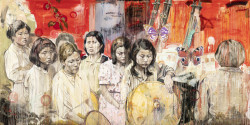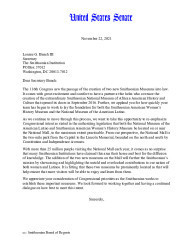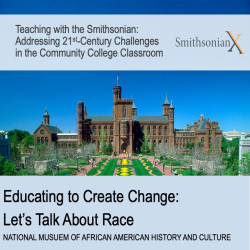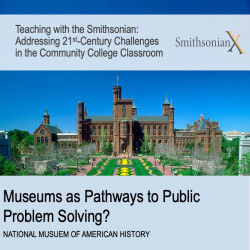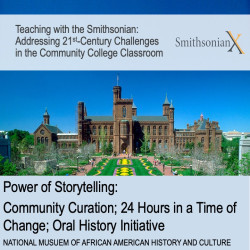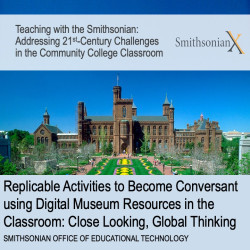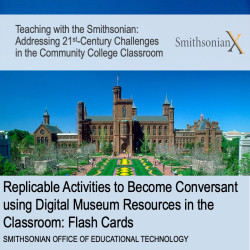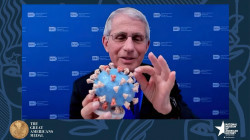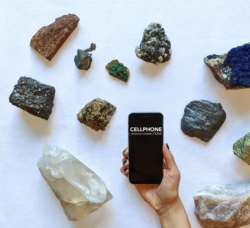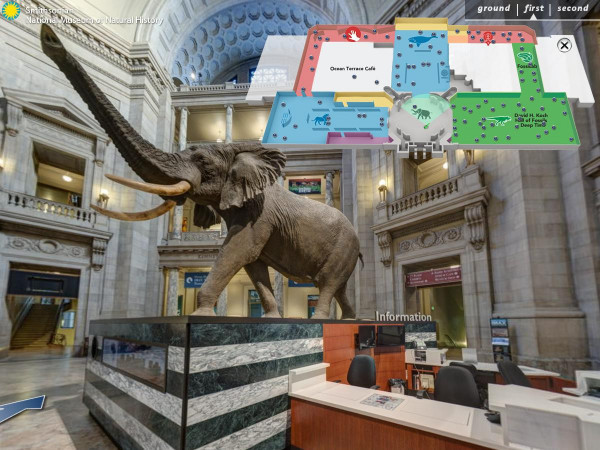Philippa Rappoport
I work in education and engagement, teacher professional development, and outreach at the Smithsonian Office of Educational Technology (OET), and have a particular interest in developing and producing trainings, programs, teaching techniques, and platforms that foster deep learning and contribute knowledge to improve practices in museum and preK-16 education and engagement. At OET over the last decade+, I created digital assets for schools, families, and new immigrant English Language learners to complement teacher professional development and pan-Smithsonian programming, including Learning Lab teaching collections, YouTube videos with tradition bearers, a handmade family stories book-making website, and online heritage tours.
Philippa Rappoport's collections
Exploring Time, Memory and History Through Portraiture
 Philippa Rappoport
Philippa Rappoport
Social Justice in the Time of Pandemic: the National Museum of American History
 Philippa Rappoport
Philippa Rappoport
Social Justice in the Time of Pandemic: Smithsonian Asian Pacific American Center and National Museum of the American Latino
 Philippa Rappoport
Philippa Rappoport
Educating to Create Change: Let’s Talk About Race (National Museum of African American History and Culture)
 Philippa Rappoport
Philippa Rappoport
Outbreak: Epidemics in a Connected World (National Museum of Natural History)
 Philippa Rappoport
Philippa Rappoport
Are Parasites Always Bad? (Smithsonian Environmental Research Center)
 Philippa Rappoport
Philippa Rappoport
Hung Liu: Portraits of Promised Lands (National Portrait Gallery)
 Philippa Rappoport
Philippa Rappoport
Luis Cruz Azaceta's "Shifting States: Iraq"
 Philippa Rappoport
Philippa Rappoport
Stories of Irish American Assimilation in 19th-century America
 Philippa Rappoport
Philippa Rappoport
Deep Time: A Planetary Heat Wave 56 Million Years Ago (National Museum of Natural History)
 Philippa Rappoport
Philippa Rappoport
National Portrait Gallery / Gallery Educators Introduction to the Learning Lab: Opening Activity
 Philippa Rappoport
Philippa Rappoport
Replicable Activities to Become Conversant using Digital Museum Resources in the Classroom: Flashcards
 Philippa Rappoport
Philippa Rappoport

